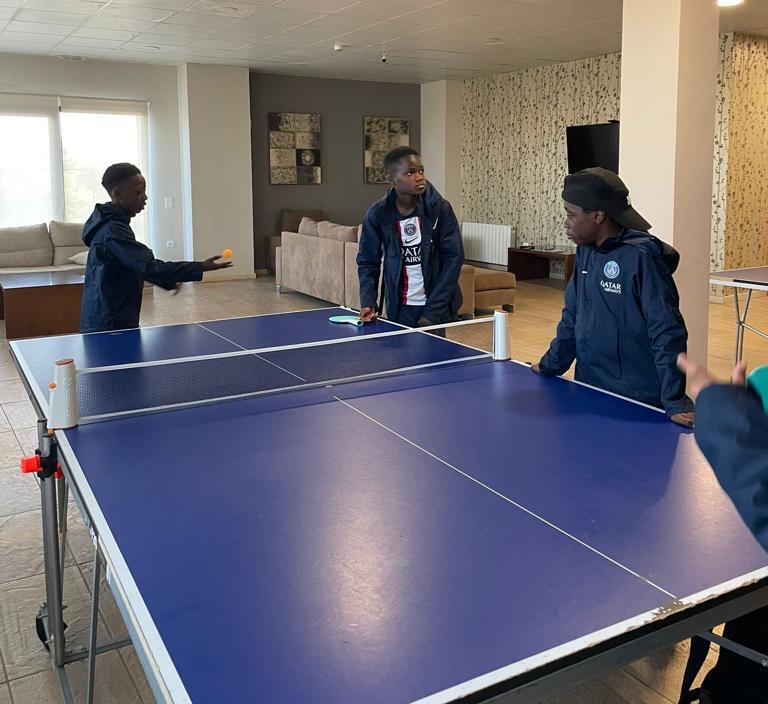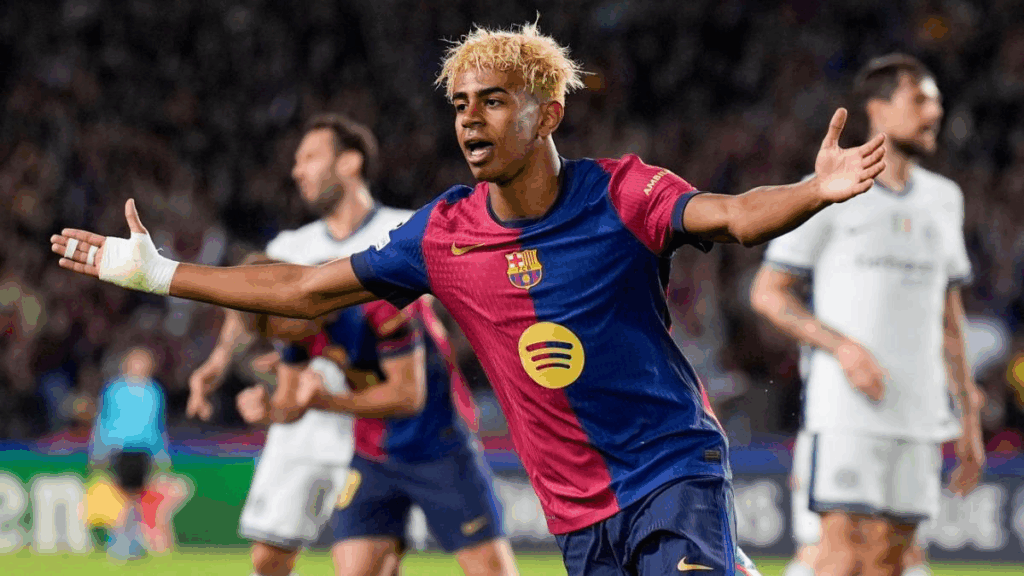Football player development in France is widely considered one of the most effective systems in the world. With a layered structure that starts from grassroots and reaches the elite levels of European football, France continues to produce world-class talents like Kylian Mbappé, Eduardo Camavinga, and Kingsley Coman.
This article explores how France develops young footballers, what makes the system unique, and why it consistently delivers both sporting success and financial returns.
What Is the Structure of Football Player Development in France?
1. Grassroots Foundations
France begins talent development at the grassroots level. Over 15,000 local clubs and school programs give children access to organized football from a young age. These programs emphasize fun, technical skills, and early talent identification.
2. Pôles Espoirs (Regional Development Centers)
At age 13–15, top players are selected into regional training hubs called Pôles Espoirs. These centers combine high-quality coaching with education, while allowing players to continue competing for their local teams. Scouts from top academies closely monitor these centers.
3. Clairefontaine: The National Institute
The most talented players join INF Clairefontaine, France’s elite national academy. It offers world-class facilities, technical coaching, and character development. Alumni include Thierry Henry, Blaise Matuidi, and Nicolas Anelka. Clairefontaine has become a global benchmark for elite youth development.
How Do French Football Academies Work?
Football Player Development in France: History of Football Academies in France
Football academies in France have a rich history dating back to their beginnings in the second half of the 20th century. With the aim of developing young talent, they have become key players in the development of national football.
Origins and Evolution
The establishment of football academies in France stems from the need to train young talents in a professional and structured environment. Over the years, this process has evolved and adapted to the demands of modern sport.

Foundation and Development
The first academies were founded in the 1980s, but the creation of the Institut National du Football (INF) in Clairefontaine in 1988 marked a significant milestone in this process. This institution was conceived to raise the quality of training in youth football by offering an ideal environment where young footballers could develop both athletically and personally.
Impact on National Football
The impact of these academies on French professional football has been notable . By producing numerous talented players, they have nourished the country’s top leagues. Many of these footballers have gone on to excel in international competitions, which has contributed to France’s reputation as a cradle of great talents in the world of football.
Elite Club Academies: The Engine of French Talent
France’s top clubs—Olympique Lyonnais, Stade Rennais, Paris Saint-Germain, AS Monaco, and Le Havre—run some of the most respected youth academies in Europe. These institutions don’t just train footballers—they shape complete athletes with strong technical, tactical, mental, and academic foundations.
Here’s what defines their model:
- Structured Development from U9 to U21
Players follow a clear, age-specific training curriculum that evolves from foundational ball control and movement (U9–U13) to advanced tactical systems, match intelligence, and high-performance physical preparation (U17–U21). This long-term structure ensures a smooth progression into professional football. - Position Rotation and Tactical Education
Young players are trained in multiple positions to develop spatial awareness, adaptability, and a deeper understanding of the game. Tactical sessions focus on game analysis, decision-making, pressing systems, and transitions—skills demanded in modern football. - Integrated Academic and Psychological Support
Education is mandatory and closely monitored. Players attend partnered schools or on-site classes to ensure academic success. Psychological resilience is built through regular sessions with sports psychologists who address confidence, pressure handling, motivation, and emotional control. - Individualized Development Plans (IDPs)
Each player receives a personalized development plan tailored to their strengths, weaknesses, and career goals. These are updated regularly based on performance data, coach feedback, and psychological assessments. - Holistic Preparation for Life Beyond Football
The best academies also prepare players for life off the pitch. Workshops on media training, financial literacy, personal branding, and career alternatives are part of the curriculum—ensuring that even those who don’t turn pro have the tools to succeed elsewhere.
Football Player Development in France: How Does Scouting Work in France?
Nationwide Talent Identification
Scouting in France is both deep and inclusive. Scouts attend:
- School leagues and district tournaments
- Street football games in urban neighborhoods
- Academy matches across all age groups
France’s diverse communities—especially around Paris, Marseille, and Lyon—produce technically gifted players with strong creativity, thanks to free-play environments and cultural passion for football.

AI and Data-Driven Scouting
France is also embracing modern scouting technologies, including:
- Video analysis platforms to evaluate player movements and decisions
- AI tools to detect patterns of future success
- Behavioral analytics that help clubs make smarter recruiting choices
Why Is Football Player Development in France So Successful?
1. Clear Development Pathway
From local pitches to professional contracts, the journey is clearly defined and supported by the French Football Federation (FFF). This alignment between grassroots, club, and national levels ensures continuity.
2. High-Level Coaching Standards
France invests heavily in coach education. Most youth coaches are certified and follow a national curriculum that balances physical, technical, tactical, and mental development.
3. Focus on Education and Mental Health
Young players in France are encouraged to finish school, manage pressure, and develop emotional intelligence. Programs now include sports psychology, academic tutoring, and career planning.
4. International Results
France has:
- Won two FIFA World Cups (1998, 2018)
- Produced more players exported to top leagues than any other European country
- Generated hundreds of millions in transfer profits from academy products
Challenges in the French Development Model
Despite its success, football player development in France faces challenges such as:
- Over-training and burnout in young players
- Pressure to specialize too early
- Limited rural access to elite academies
- Gender inequality in development resources
However, ongoing reforms and support systems are addressing these issues through better training, psychological support, and inclusive policies.
Key Takeaways
Football player development in France works because of its:
- Inclusive scouting across all levels of society
- Elite training centers like Clairefontaine
- Strong club academies with holistic approaches
- Embrace of innovation and AI tools
- Focus on both personal and athletic growth
France’s system is not just about creating footballers—it’s about producing intelligent, adaptable, and grounded professionals ready for both sport and life.
Football Player Development in France: Final Word
If you’re a parent, coach, player, or scout seeking a reliable path to long-term success, football player development in France provides a proven and highly effective model. It’s not built on chance—but on decades of structured training, inclusive scouting, elite academies, and holistic support systems.
France has shown that when technical education, tactical intelligence, mental resilience, and academic growth are combined, raw talent transforms into professional excellence. This system doesn’t just produce world-class players—it creates well-rounded individuals prepared for the demands of both modern football and life beyond the game.
Whether your goal is a professional career in Ligue 1, an international transfer, or simply maximizing a young player’s potential, football player development in France remains one of the most consistent and successful blueprints in the world.









